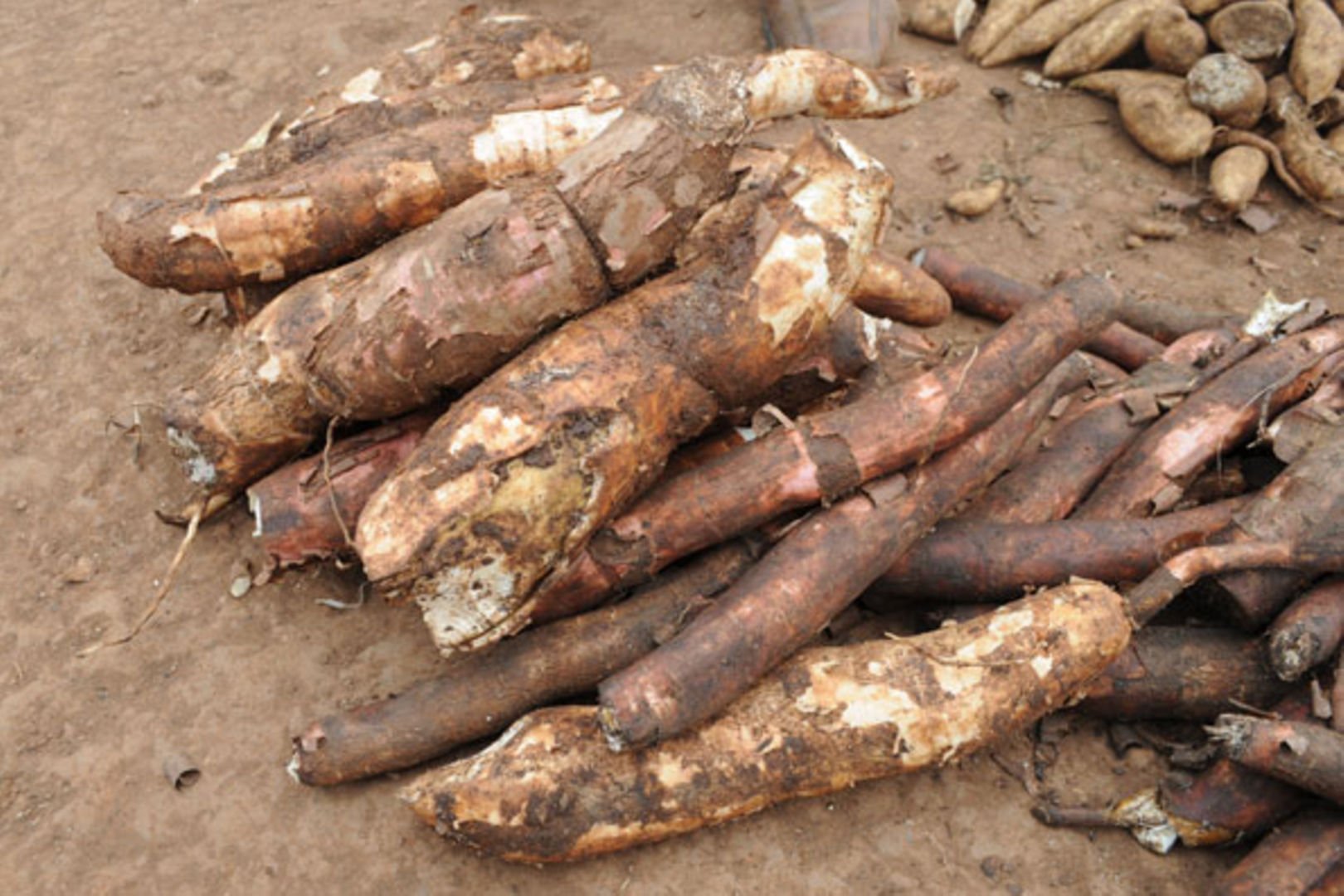Why unprocessed cassava from Kampala markets could kill you

What you need to know:
- Consumption of raw and unprocessed cassava releases beta-glycosidase during digestion, this enzyme catalyses the hydrolysis of cyanogenic glycoside to harmful hydrogen cyanide and it remains active until it is deactivated by the low pH of the stomach.
On April 11, 2023, the American Journal of Applied Scientific Research published our research paper, under the title “Investigation of Levels of Cyanide in Cassava Tubers Marketed in Kampala”. While the information regarding the toxic nature of cassava dates back within the science community, our findings in this research pose an interesting subject to ponder about, from the Ugandan context.
During Covid times, a video made rounds on social media of a young man eating raw cassava in a market while sipping a soda alongside. It trended as a meme portraying the impact of hunger post the pandemic on the population. An anecdotal evidence of non-informed eating habits. From this, you realise that our knowledge of food choices is not mostly informed by our knowledge of the potential effects that particular foods might hold, rather, by their availability.
As Ugandan-based research scientists therefore, we have the duty and responsibility, to bring any toxicological research findings to the scientific community’s discourse hence to the public knowledge of our people. As chemical engineers, Mike Odongo and I, embarked on this debacle.
This study purposed investigation of the levels of cyanide in the sweet cassava subspecies marketed in various markets within Kampala City. All samples analysed for cyanide in cassava gave us concentration values higher than levels recommended by the World Health Organisation.
According to the World Health Organisation, the highest recommended level of cyanide concentration in cassava is 10 ppm (parts per million). Cyanides however, are found in a number of plants constrained to sugar molecules as cyanogenic glycosides and are usually invoked by some algae, bacteria and fungi. Cyanides play plant’s defensive role against herbivores. Cassava’s linamarin on the other hand, is majorly synthesised in the leaves and taken down to the root tuber and therefore, the leaves have higher concentration of linamarin (900-2000 ppm). An enzyme HNL found in the leaves hydrolyses acetone cyanohydrin to hydrogen cyanide and acetone. Cassava tuber is nearly 20-times lower in linamarin than the leaves and hence HNL is in relatively lower amount in the root tubers (less than 6 percent) of HNL in leaves. Cyanogen levels varies from cultivar to cultivar with its total in tubers ranging between 100 and 500 ppm for low- cyanogenic and high-cyanogenic cultivars, respectively.
A Tanzanian-based study suggested however, that when humans and animals consume inadequately processed bitter root tuber with varying levels of linamarin, the result is dietary cyanide exposure that has been linked to acute poisoning and some other toxicological-nutritional malfunctions. Acute intoxication leads to death, exacerbate goitre and cretinism in iodine-deficient regions leads to konzo and are linked to Tropical Ataxic Neuropathy (TAN) and stunting in children.
Consumption of raw and unprocessed cassava releases beta-glycosidase during digestion, this enzyme catalyses the hydrolysis of cyanogenic glycoside to harmful hydrogen cyanide and it remains active until it is deactivated by the low pH of the stomach. Additionally, according to a study by Mlingi et al, massive consumption of cassava or continuous ingestion of improperly processed cassava is linked to chronic cyanide toxicity in many parts of Africa where cassava is staple, causing food poisoning and fatal cases.
On a bright side, however, boiling and other processing methods greatly reduce cyanide levels to within acceptable levels of 10 ppm. Besides, the human body has the capacity to detoxify the biggest portion of cyanide by enzymatic conversion to the less toxic compound called thiocyanate which is an excrete in the urine. Hydrogen cyanide released to the body through ingested or cyanogens is quickly absorbed by bonding to iron in hemoglobin into the blood and quickly distributed to key organs like liver, kidney, brain and the blood tissue. However, as a 1992 study by Akintonwa and Tunwashe revealed, larger quantities of cyanide cannot be detoxified by cellular enzymes and thiosulfates, consumption of 50 to 100 mg of hydrogen cyanide by an adult within 24 hours is capable of blocking cellular respiration hence causing death.
As it stands today, majority of our people do not know the underlying dangers of consumption of unprocessed cassava and likely other foods. It is therefore important that this knowledge, some of which has existed in the scientific domain for years be regularly brought to public knowledge by concerned research scientists.
Solomon A. Mutagaya, Chemical Engineer, Director of Research and Development at Bouyant Quality Management synergy ltd [email protected]


